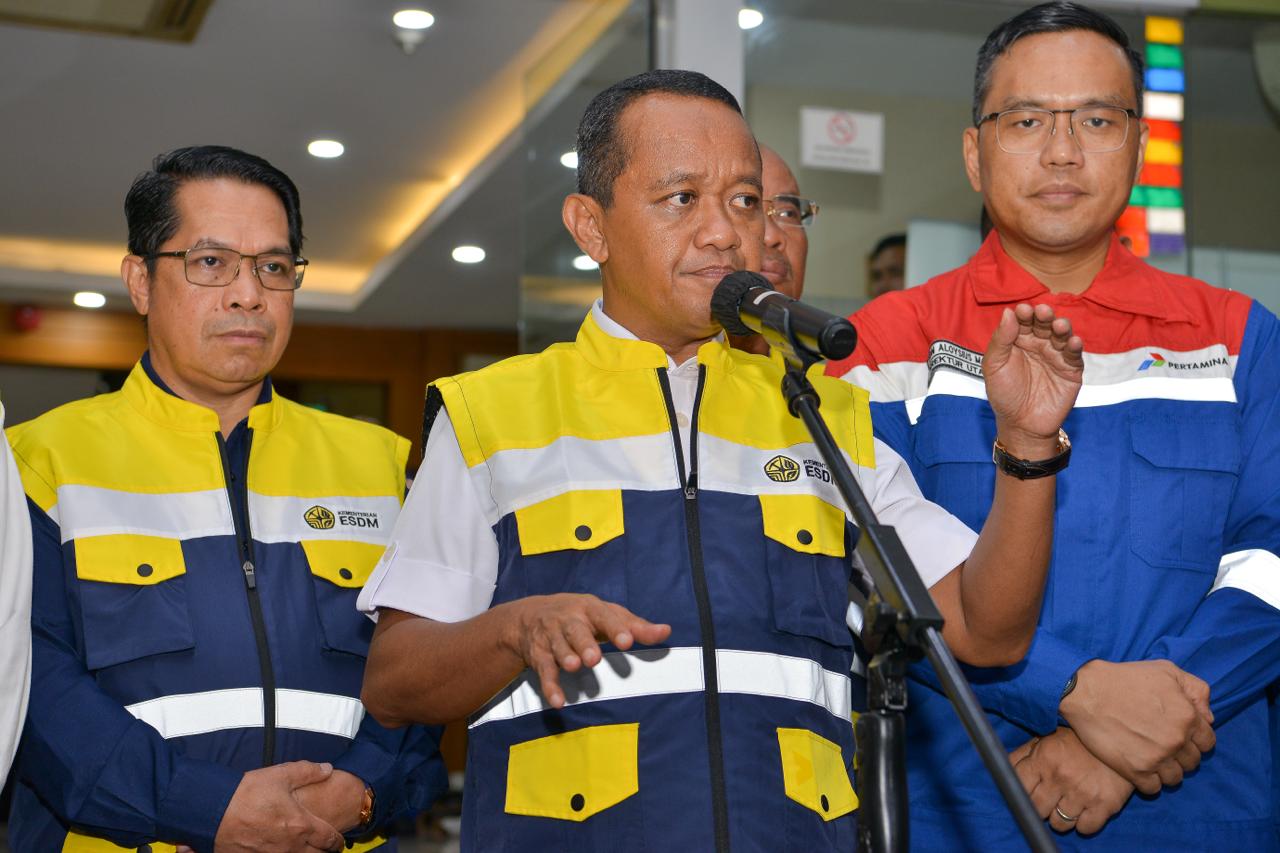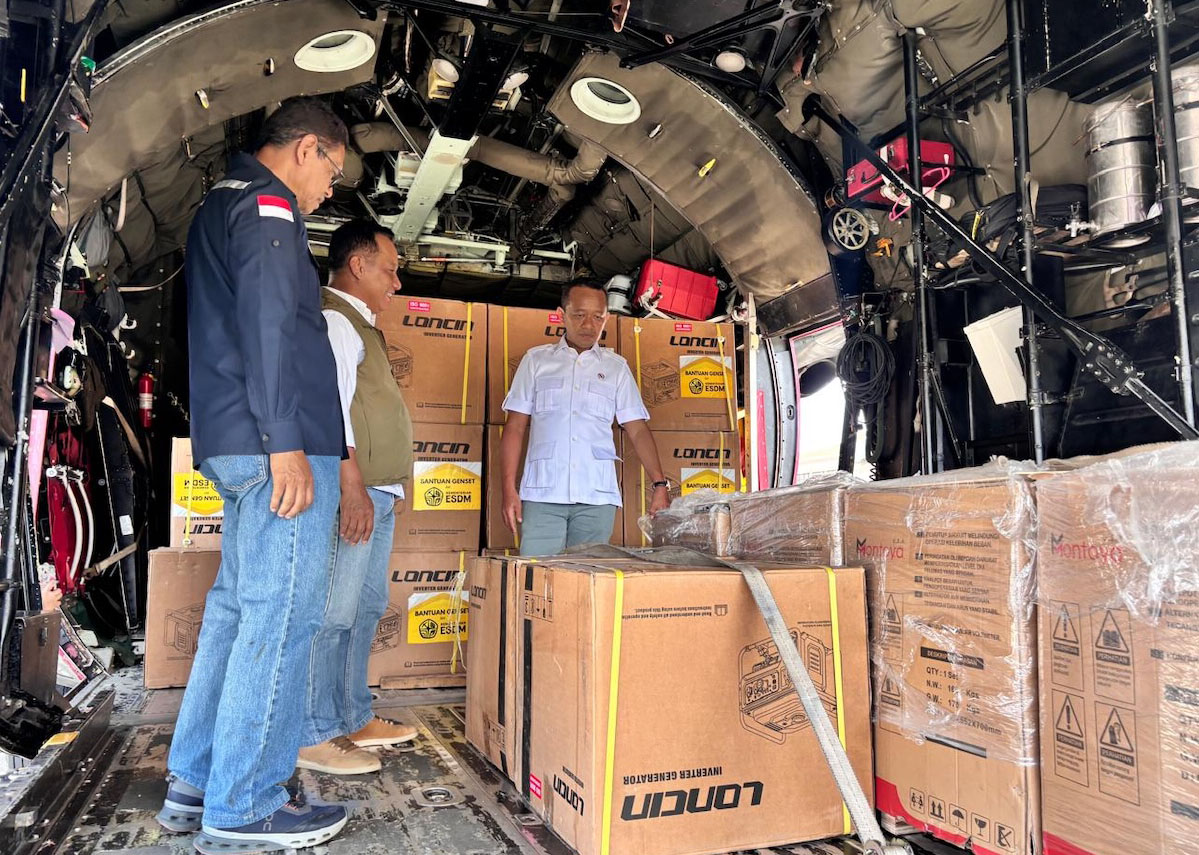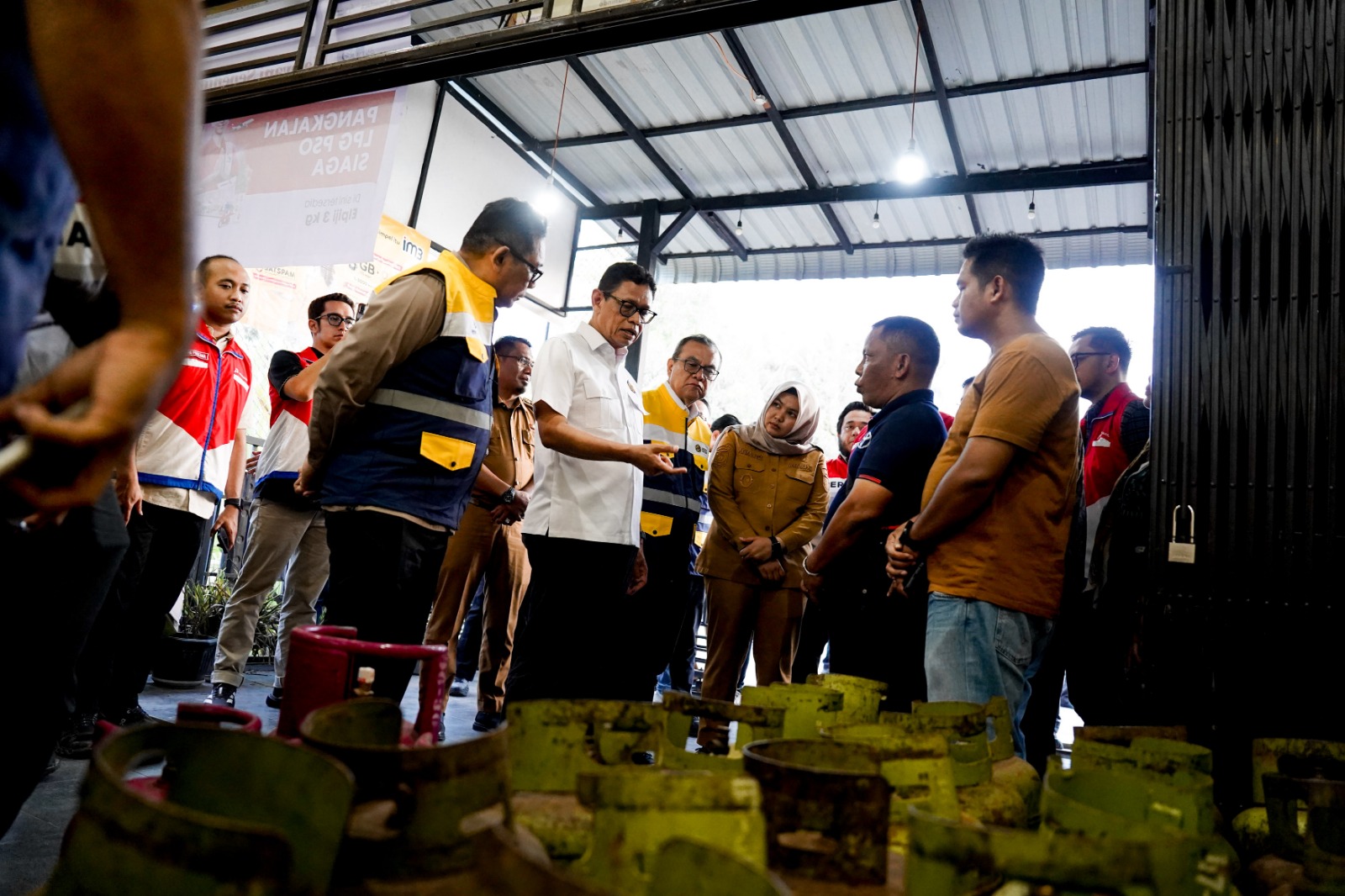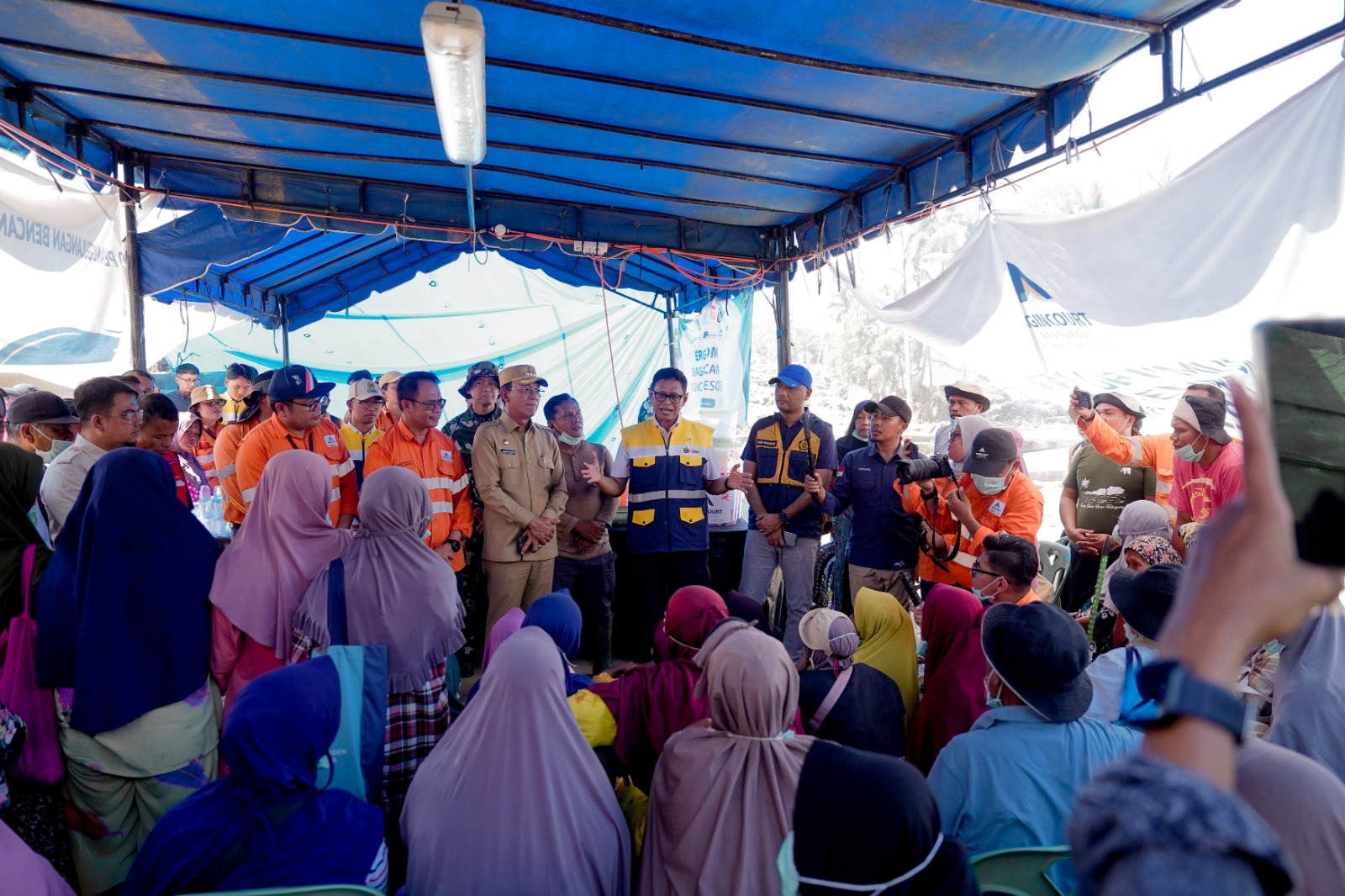
Acceleration Stance to Light 433 Unelectrified Villages
MINISTRY OF ENERGY AND MINERAL RESOURCES
REPUBLIC OF INDONESIA
PRESS RELEASE
NUMBER: 168.Pers/04/SJI/2020
Date: 24 April 2020
Acceleration Stance to Light 433 Unelectrified Villages
Ministry of Energy and Mineral Resources (EMR) is accelerating the electrification of 433 unelectrified villages in Indonesia. Directorate General of New, Renewable Energy and Energy Conservation (NREEC) has also prepared strategic policies to the make the electrification program successful.
"Basically, 3 approaches have been taken to supply electricity to remote regions," said Director of Various NRE, Harris, at a virtual discussion titled Pushing Energy Mix by 23% in 2025 and Slashing PLN's Cost of Electricity Supply in 3T Regions, Wednesday (22/4).
The three electrification approaches, Harris continued, would be applied by constructing electricity infrastructure, namely by extending electricity grid, developing off-grid or mini grid systems, and pre-electrification programs.
Grid extension can be implemented if a region is near PLN's grid. "Grid expansion method can be applied if a region is near a grid and there are potential electricity customers," said Harris.
If, however, a region's population is centralized and the region is far from PLN's grid, off-grid or electricity tubes (rechargeable battery) system will be adopted. "If there are no grids near the region, but the communities are centralized, there is the possibility to develop centralized solar power station (PLTS), micro hydro power plant (PLTMH), or electricity tubes," Harris explained.
Finally, the pre-electrification approach is used if a region's population live scattered and huge cost is needed to install electricity grid. "Energy-Saving Solar Lights (LTSHE) and electricity tubes are our options," said Harris.
Harris pointed out the LTSHE program had been highly useful in supplying electricity to households in remote areas. In fact, within three years, the government had distributed LTSHE to 3,058 village in remote areas. However, the program will be replaced by electricity tubes in 2020.
"We'll stop LTSHE in 2020 because we're planning to launch the electricity tubes program. In principle, electricity tubes may not be similar to LTSHE, but they are similar in terms of electricity supply, because both need local NRE power stations. I hope electricity tubes will be better," Harris explained.
The three approaches are supported by the policy to increase the capacity of NRE infrastructure on both commercial and non-commercial basis. "For the commercial basis, we've opened the room to the private sector to participate actively in electricity generation. By first securing a contract with PLN, of course," Harris said.
Meanwhile, the non-commercial generation will use funding from the central government, regional governments, and grant.
Concluding the discussion, Harris underlined that the government had adopted several measures with an aim to increase electricity service quality. "I hope these measures will make our electricity service even better," Harris concluded. (IY)
Head of Bureau of Communication, Public Information Services, and Cooperation
Agung Pribadi (08112213555)
Share This!






